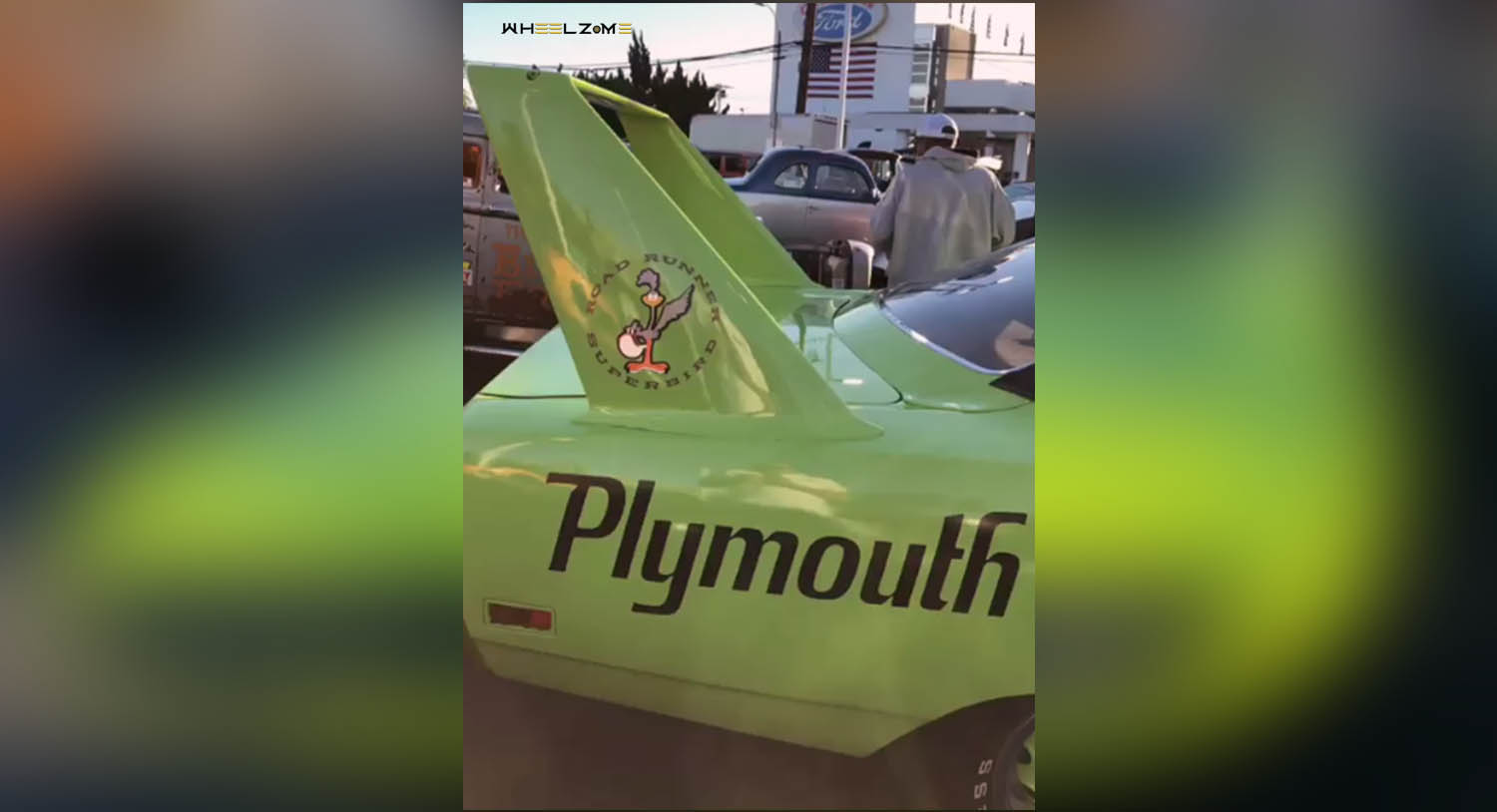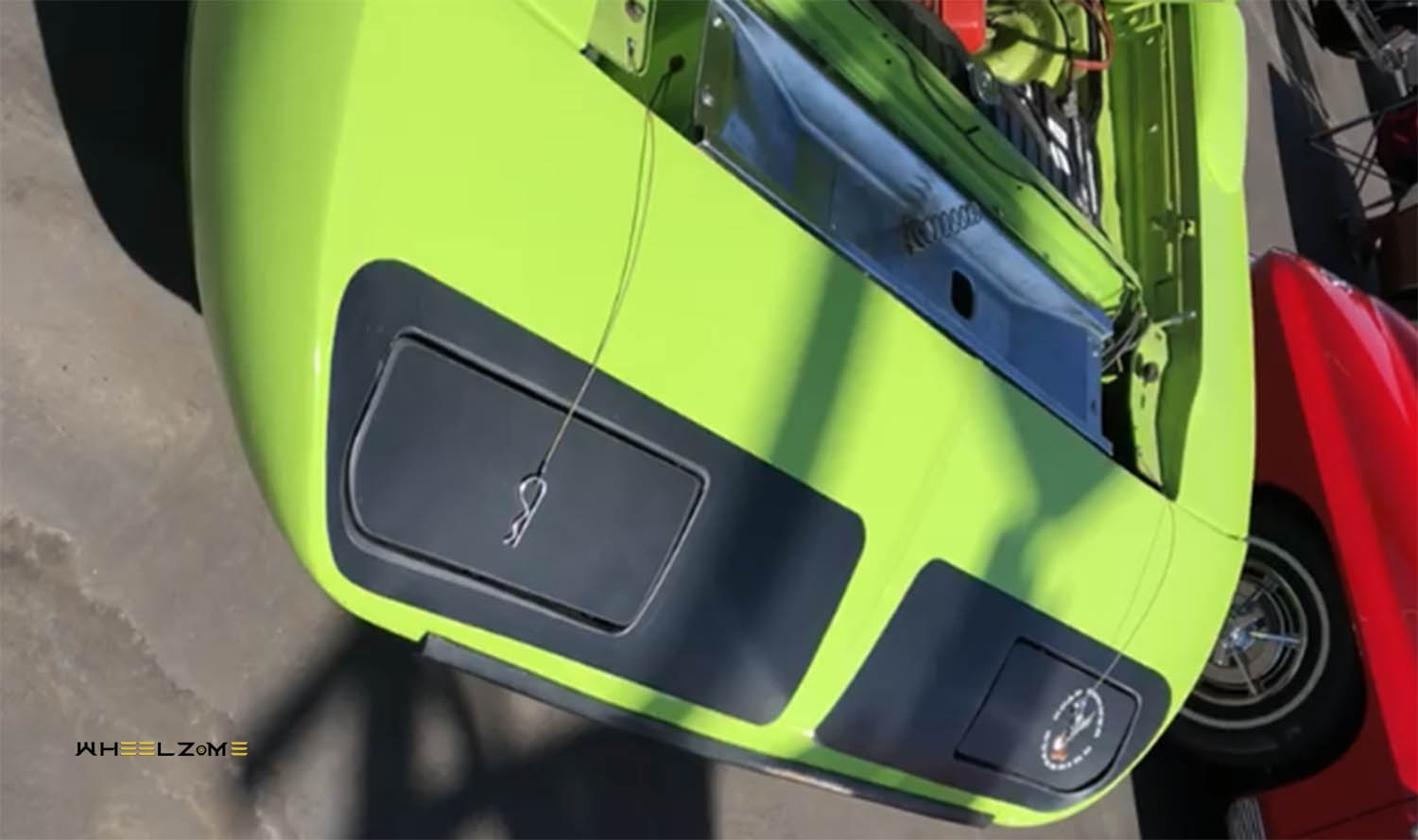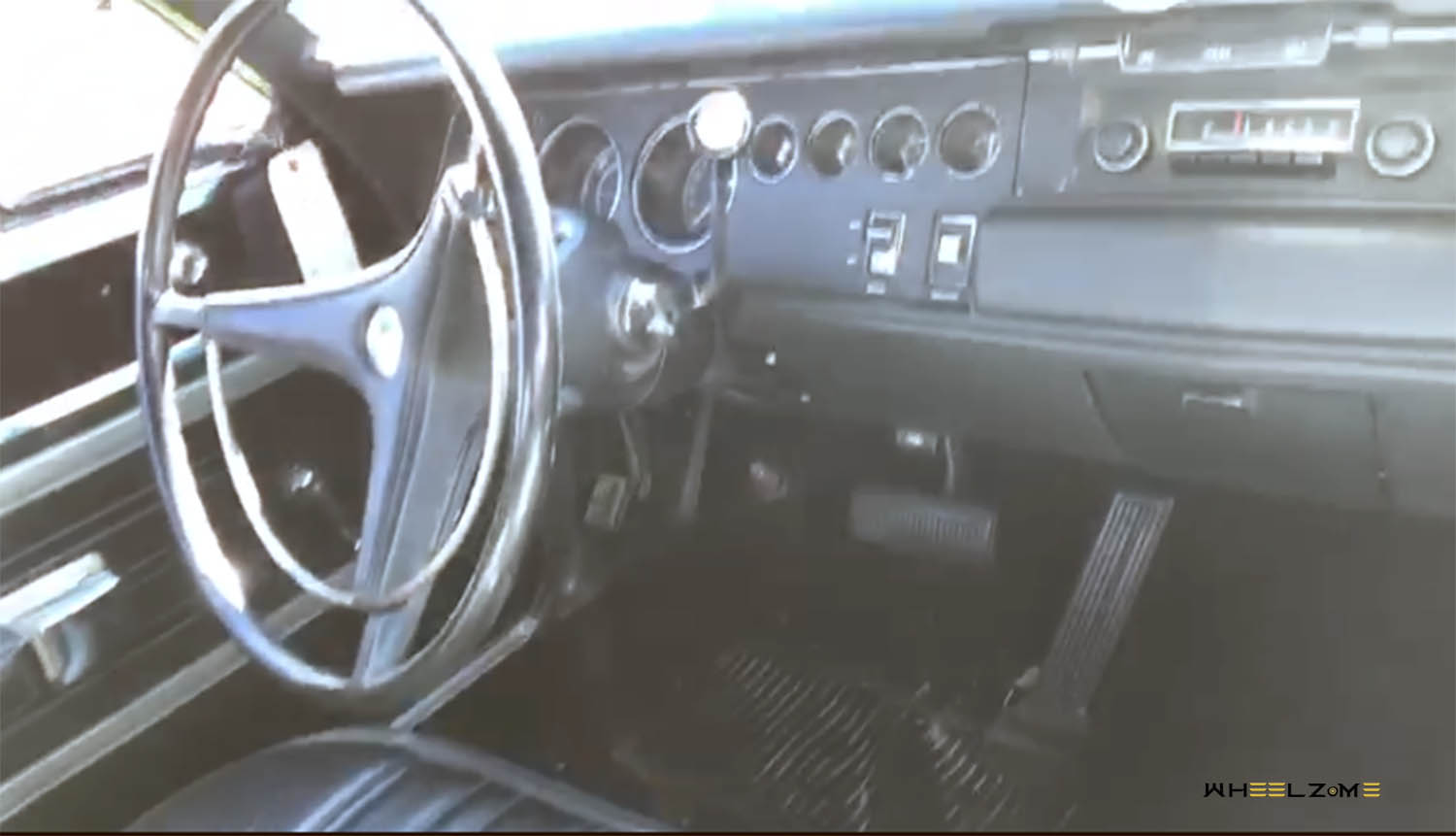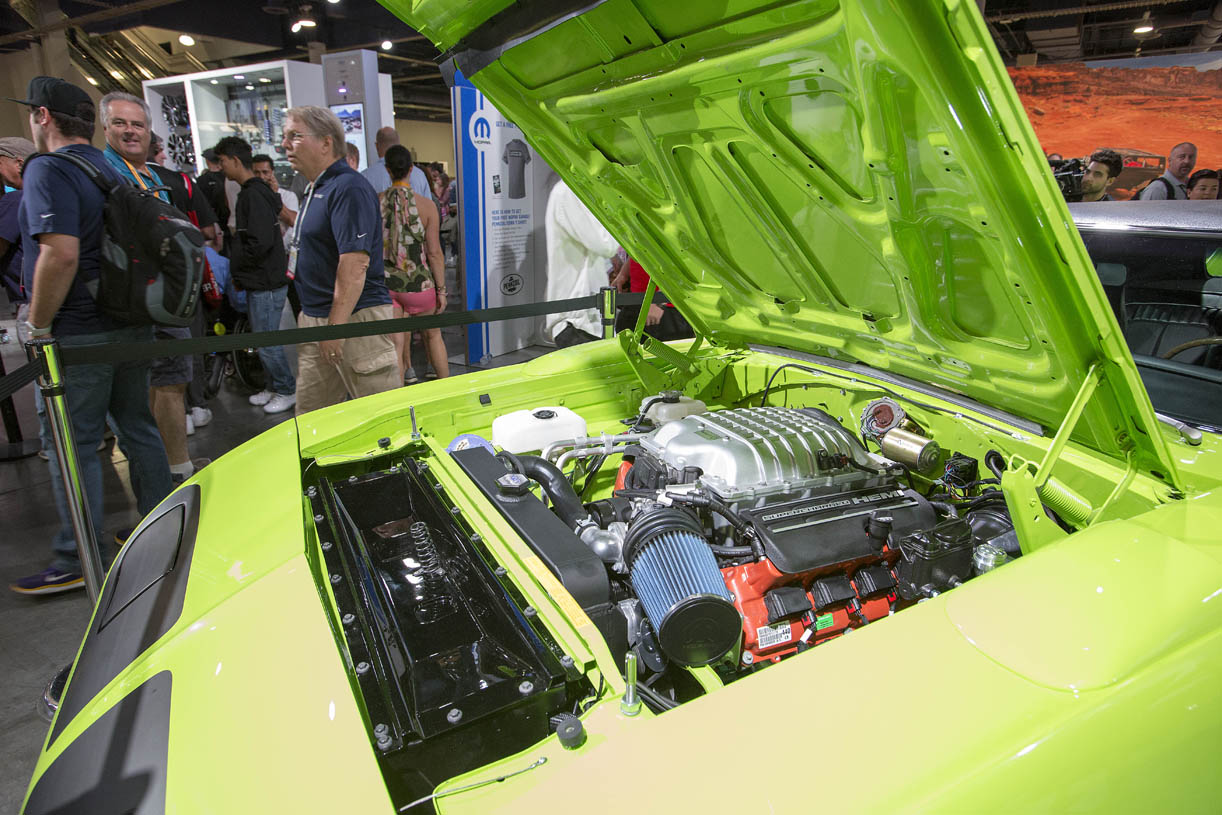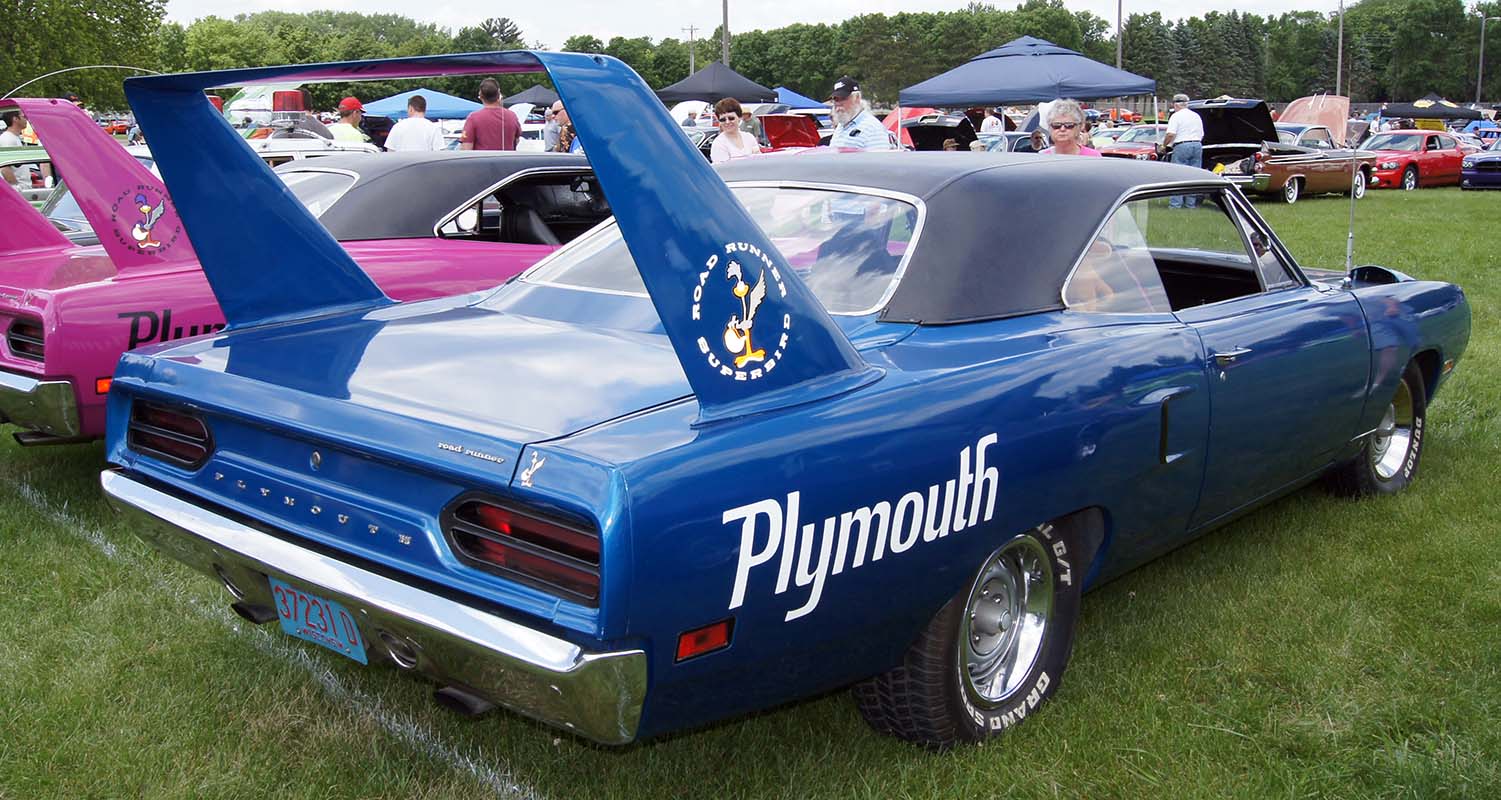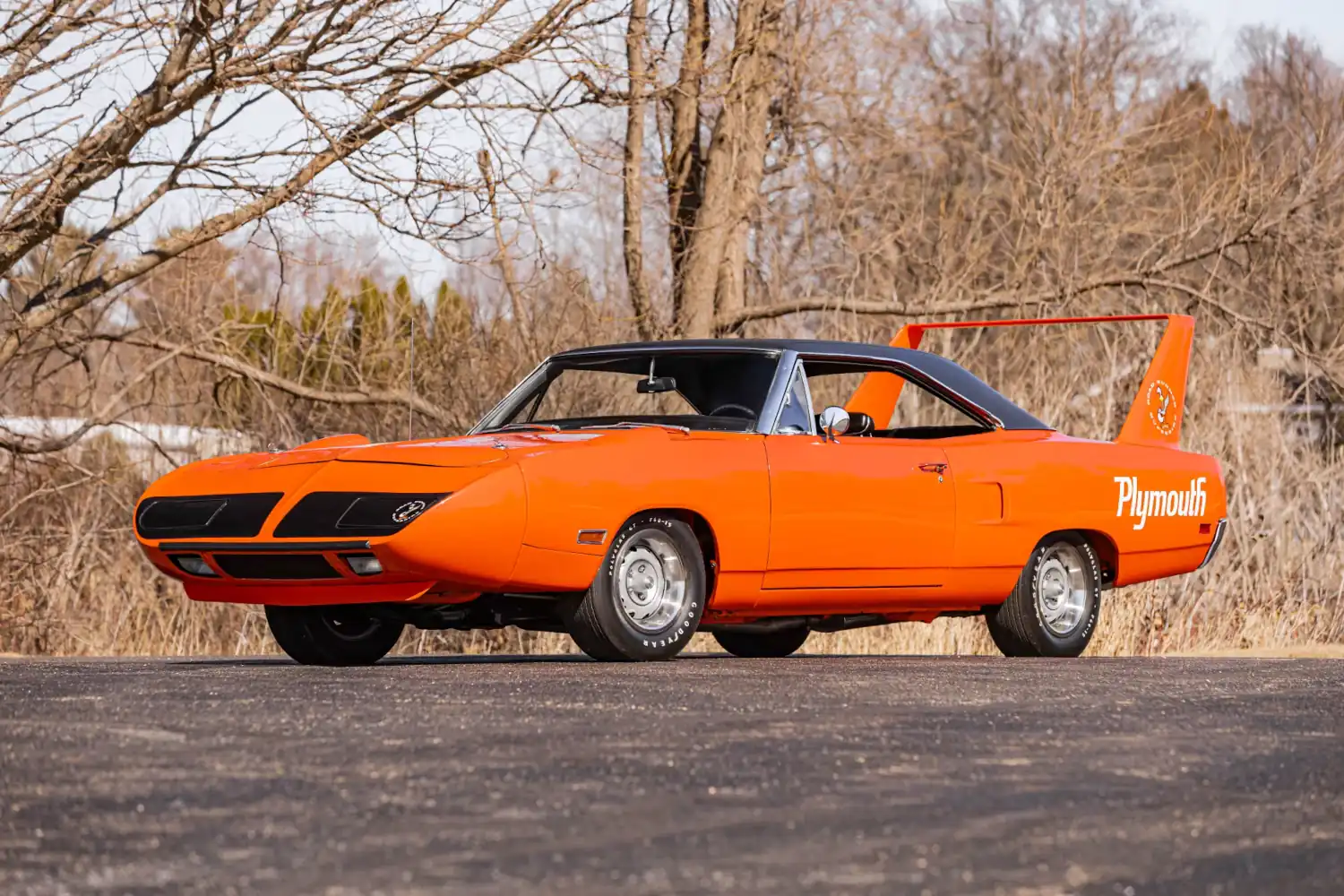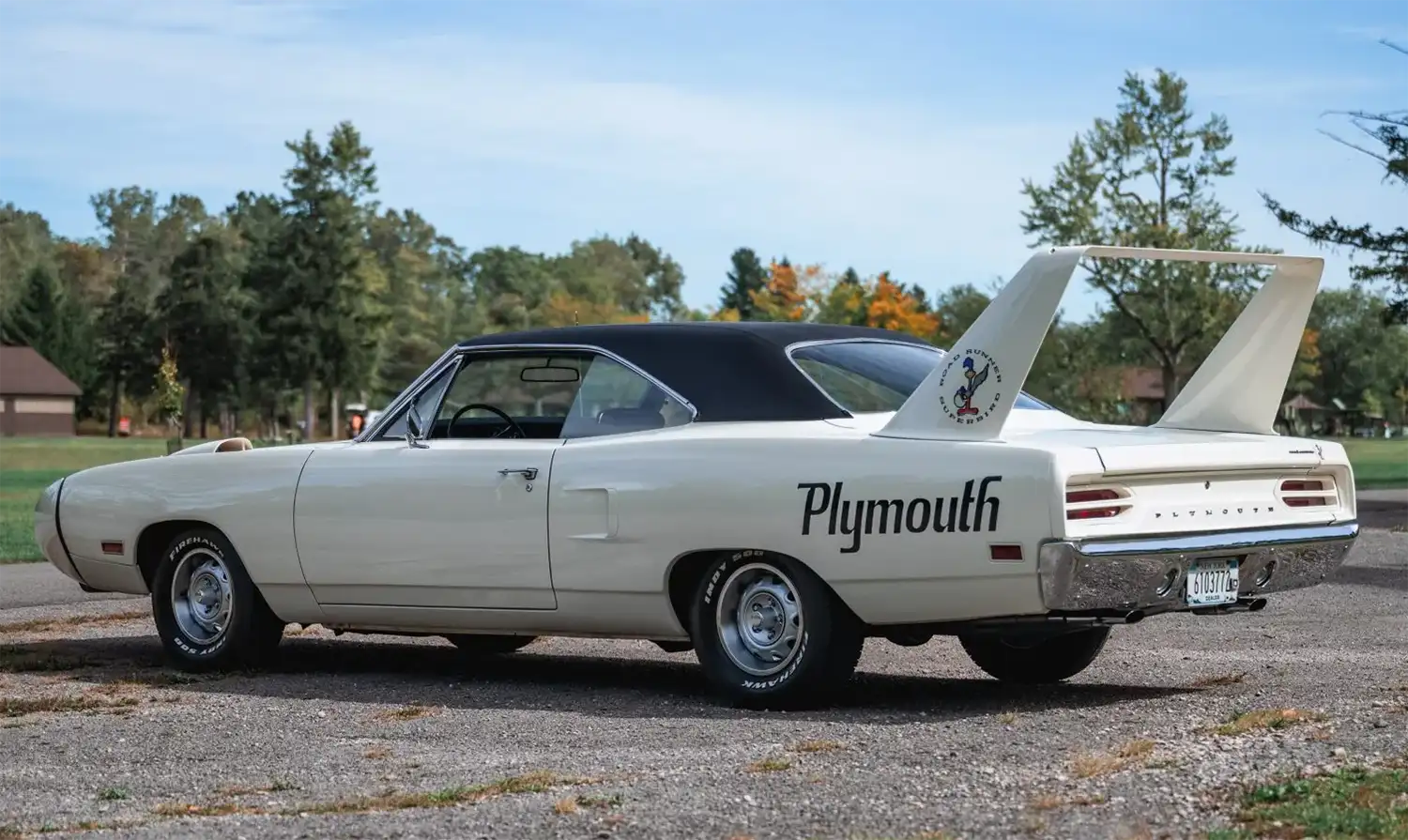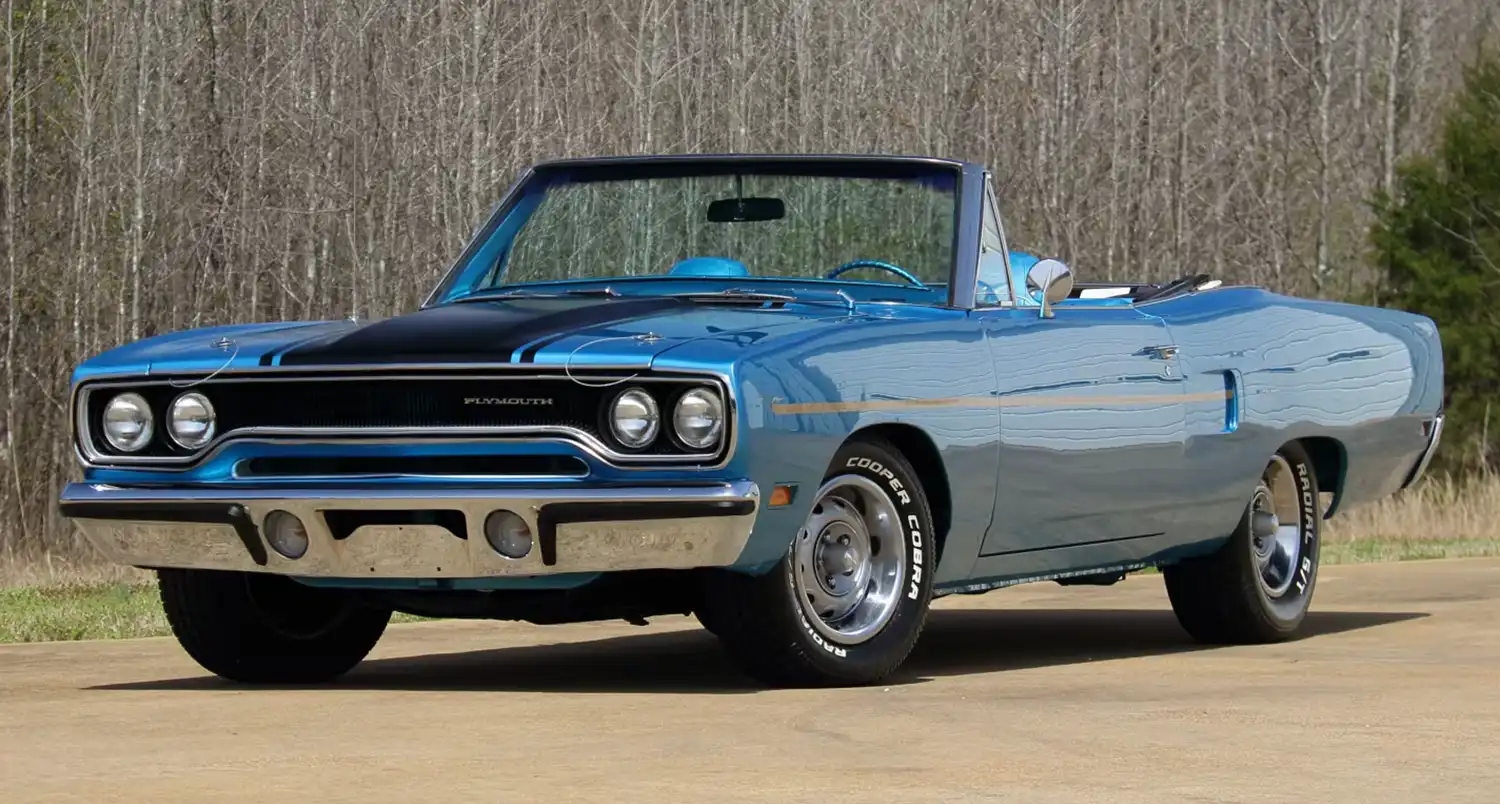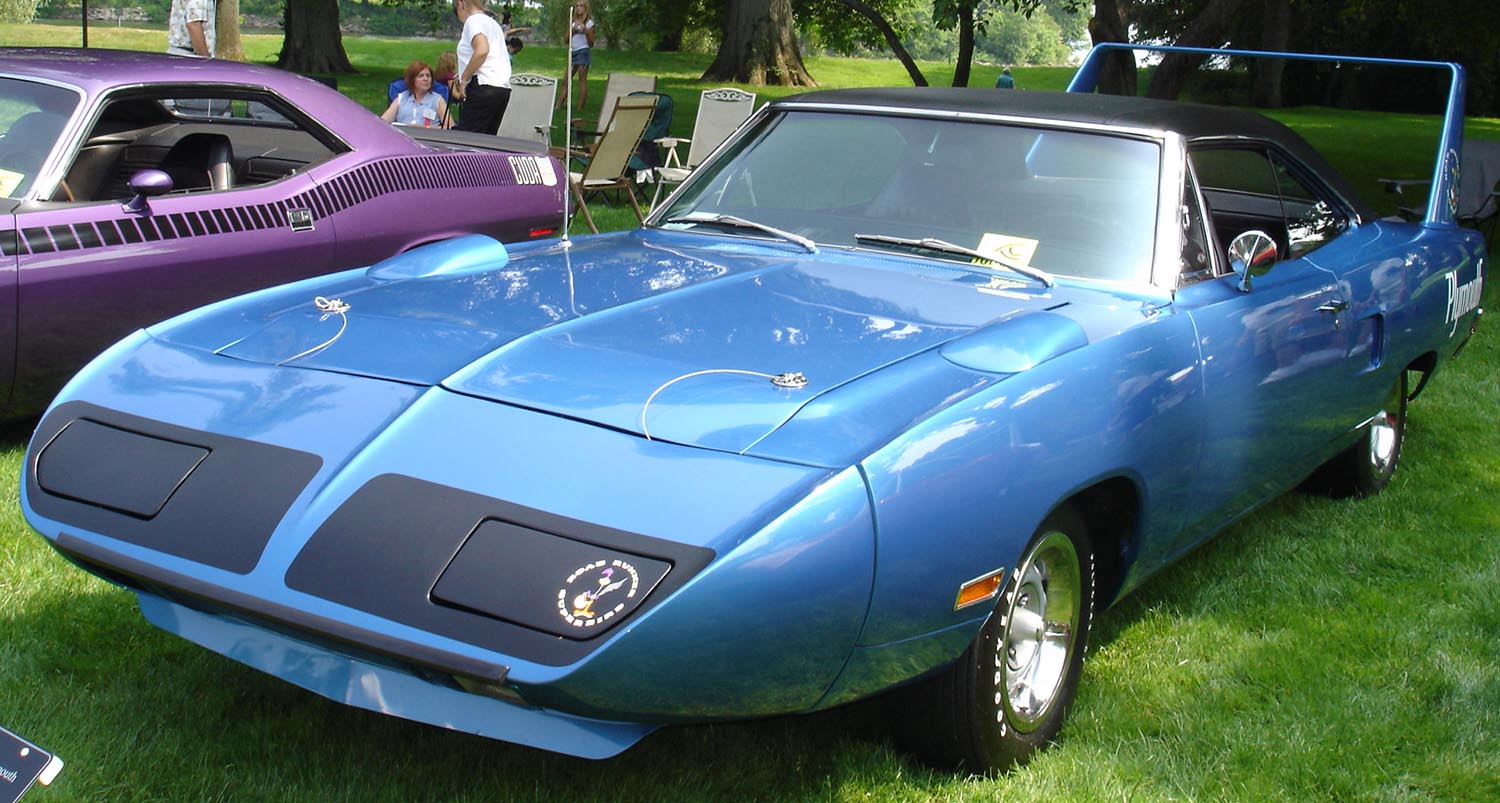
This file is licensed under the Creative Commons Attribution 2.0 Generic license. (Photo cropped)
The Plymouth Road Runner Superbird is an iconic American muscle car that left an indelible mark on automotive history during its brief production in 1970. Born out of NASCAR competition regulations and a desire to dominate the racing circuit, the Superbird was a highly modified version of the Plymouth Road Runner, featuring distinctive aerodynamic enhancements.
Design and Engineering
Designed as a successor to the Dodge Charger Daytona, the Superbird boasted a protruding nosecone, a high-mounted rear wing, and unique “beep-beep” horn reminiscent of the Road Runner cartoon character. These features were not just for looks; they were engineered to reduce drag and increase stability at high speeds, crucial for NASCAR racing.
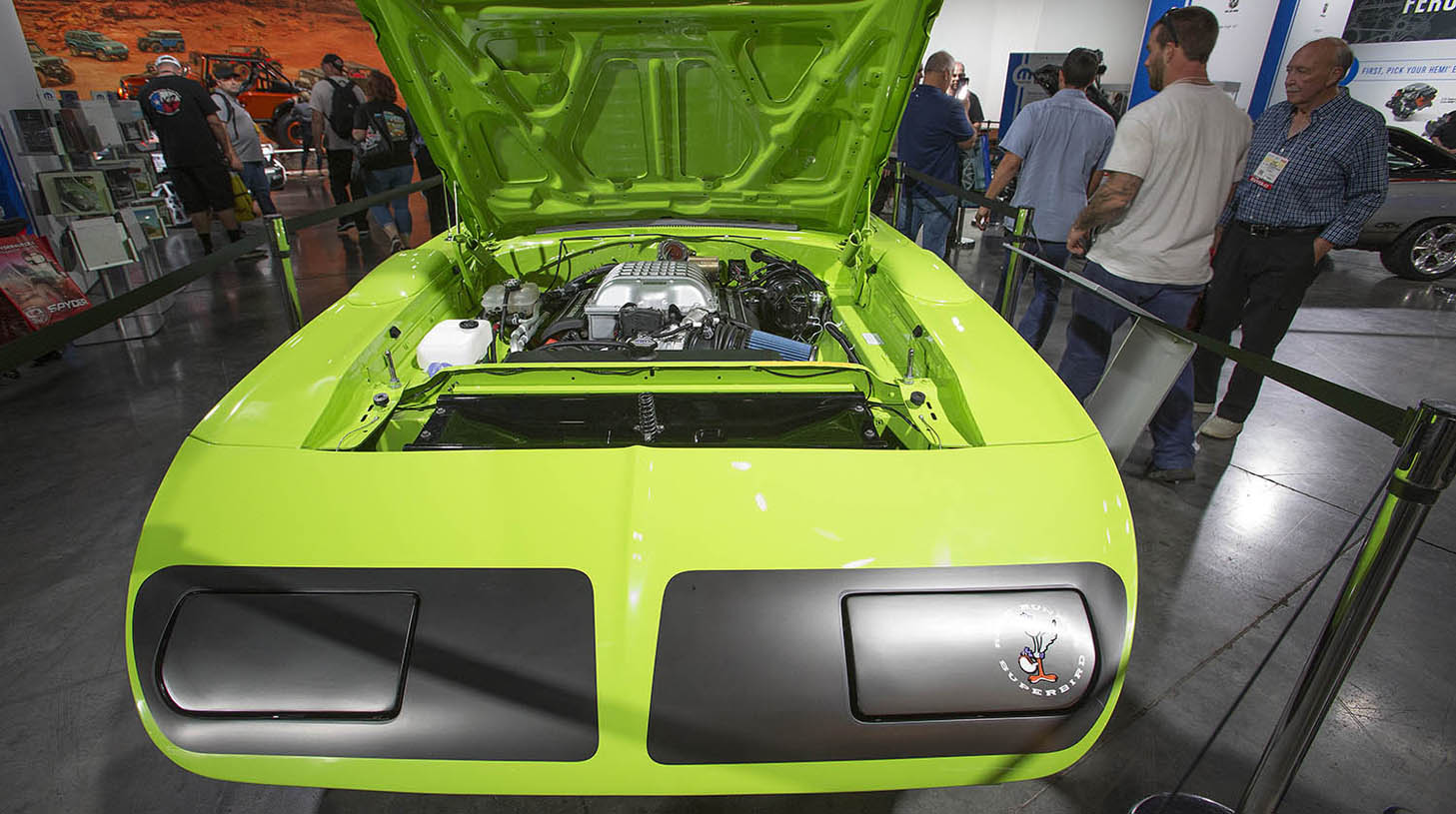
Performance
Under the hood, the Superbird offered formidable engine options, including the legendary 426 cu in (7.0 L) Hemi V8 engine producing 425 horsepower. This power allowed the Superbird to accelerate from 0 to 60 mph in just 5.5 seconds, making it one of the fastest cars of its time.
Production and Legacy
To meet NASCAR homologation requirements, Plymouth produced 1,920 units of the Superbird for the 1970 model year. Despite its racing pedigree and advanced engineering, the Superbird faced mixed reception in the market due to its bold styling and specialized purpose. Many units languished unsold on dealership lots until they were converted back into standard Road Runners.
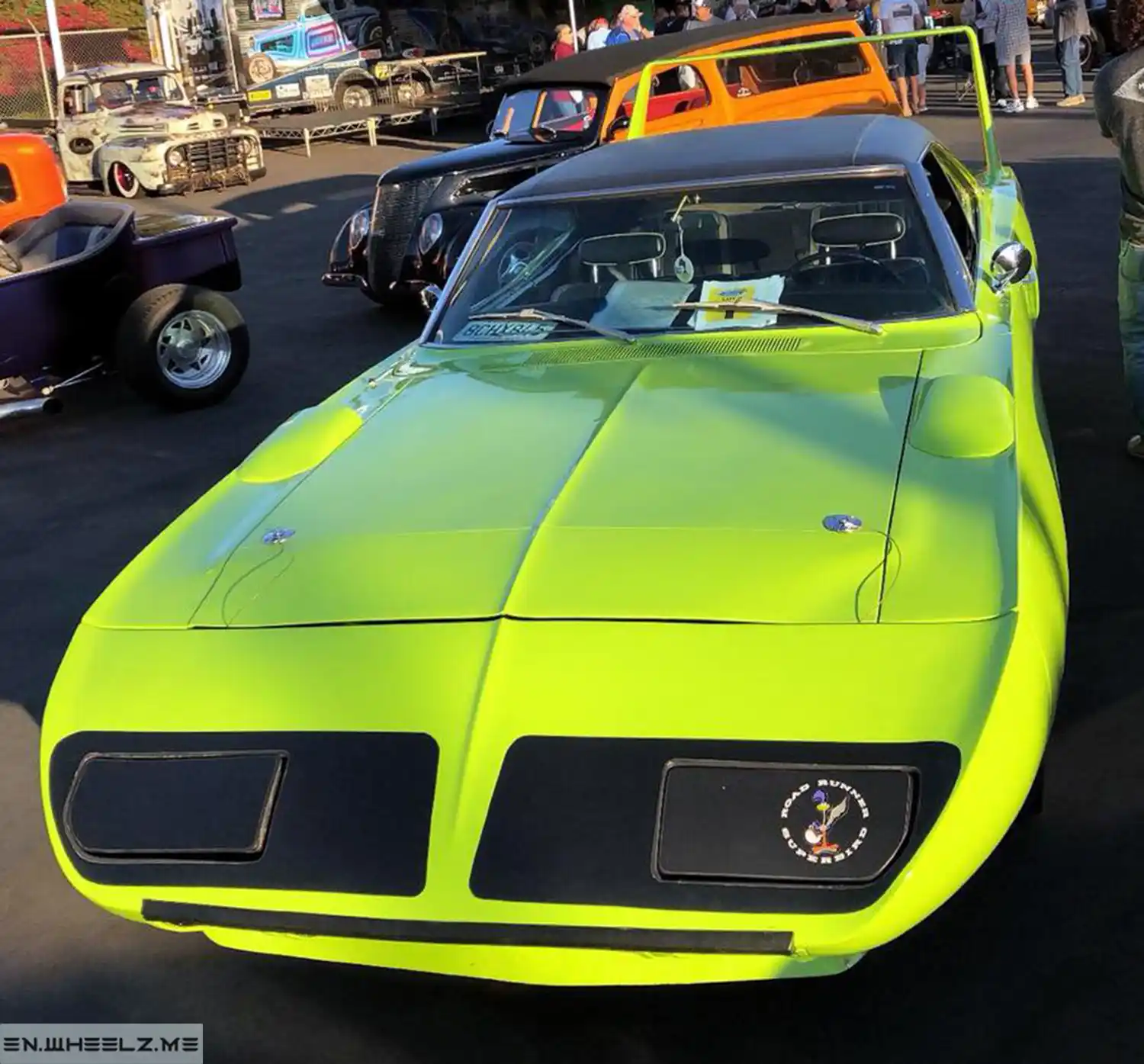
Impact and Collectibility
Today, the Plymouth Road Runner Superbird is highly sought after by collectors and enthusiasts alike. Its rarity, distinctive design, and association with NASCAR history have made it a prized piece of automotive nostalgia. Restored examples can command prices ranging from $100,000 to $200,000 or more, depending on condition and original specifications.
Engine Options:
- 426 cu in (7.0 L) Hemi V8: 425 hp, 490 lb⋅ft torque
- 440 cu in (7.2 L) Super Commando V8 (Six Barrel): 390 hp
- 440 cu in (7.2 L) Super Commando V8 (Four Barrel): 375 hp
Performance:
- 0-60 mph: Approximately 5.5 seconds (Hemi V8)
- Top Speed: Varied by configuration
- NASCAR Racing: Competed in NASCAR during the 1970 season
The Plymouth Road Runner Superbird remains a symbol of automotive innovation and racing heritage. Its aerodynamic prowess and powerful performance continue to captivate enthusiasts, ensuring its place as one of the most iconic muscle cars ever produced.
Source: Wikipedia & Stellantis
This Article use tools from Chatgpt
